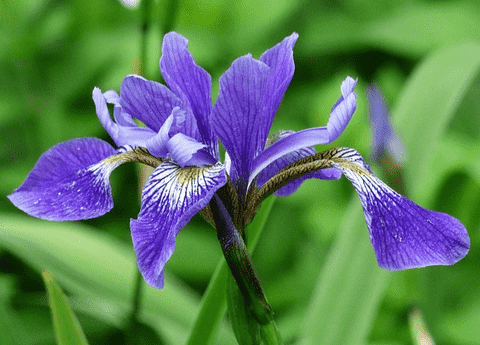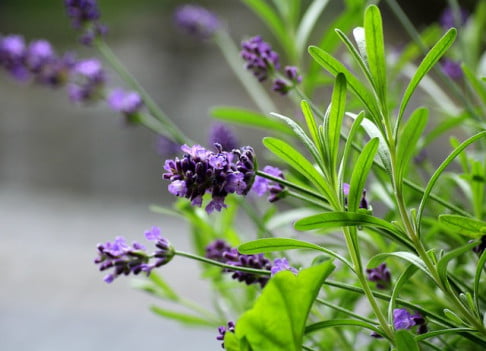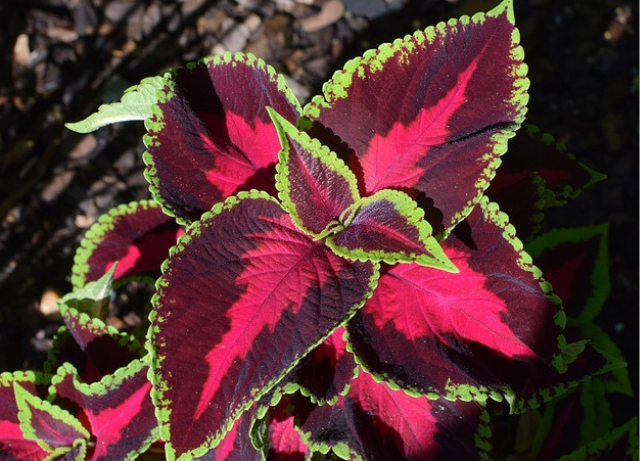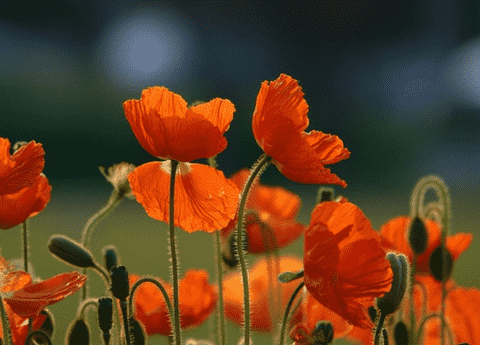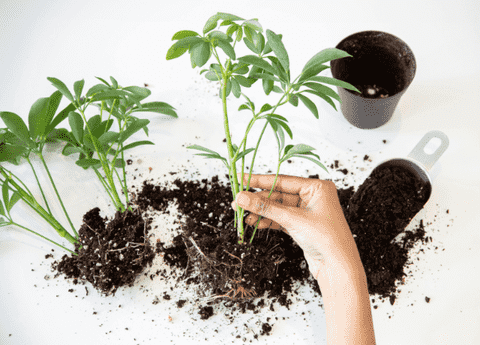How to Grow Zinnias Like a Pro: Essential Tips for Garden Enthusiasts
Table of Contents
Growing zinnias provide a vibrant and colorful addition to any garden, making them a favorite among gardening enthusiasts. These hardy annuals are beloved not only for their brilliant blooms but also for their ease of care, making them an excellent choice for both novice and experienced gardeners. With a variety of colors, shapes, and sizes, zinnias can add a dynamic display to your garden landscape throughout the summer and into early autumn. In this guide, we will delve into essential tips and tricks to help you grow zinnias like a pro, ensuring your garden bursts with these cheerful flowers season after season.
Preparing Your Garden for Zinnias
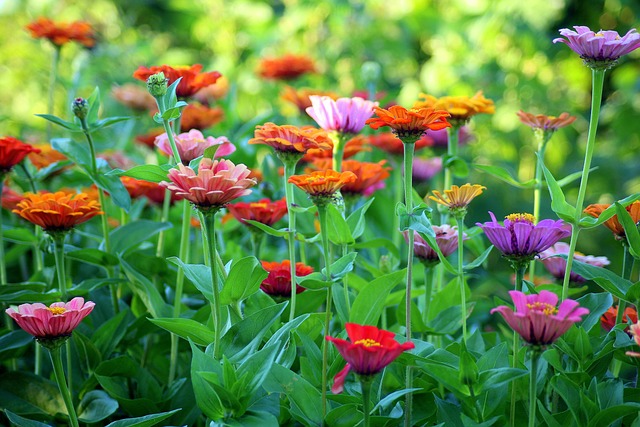
Choosing the Right Location
Choosing the right location for your zinnias is crucial for their growth and blooming potential. Zinnias thrive in areas that receive full sun, which means they need at least six to eight hours of direct sunlight each day. When selecting a spot, make sure the soil is well-draining; zinnias do not perform well in waterlogged conditions. If your garden has heavy clay soil, try adding organic matter to enhance drainage. Additionally, ensure the site is sheltered from strong winds, as zinnias have tall stems that can be susceptible to snapping. By carefully selecting a sunny, well-draining, and sheltered location, you set the stage for your zinnias to flourish beautifully through the growing season.
Soil Preparation Techniques
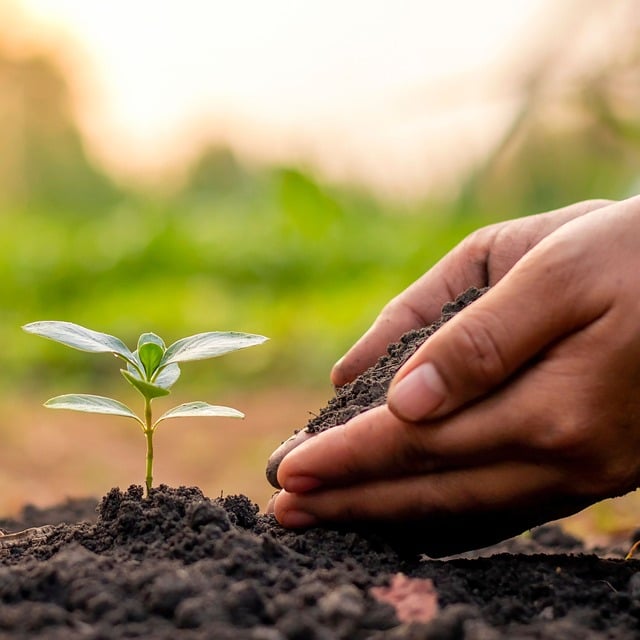
Proper soil preparation is essential to ensure your zinnias thrive. Start by testing your soil’s pH level; zinnias prefer a slightly acidic to neutral pH range of 5.5 to 7.0. If necessary, adjust the pH by using lime to increase it or sulfur to decrease it. Next, work the soil to a depth of about 12 to 15 inches, incorporating plenty of organic matter such as compost or well-rotted manure. This not only enriches the soil with vital nutrients but also improves its structure and drainage. Break up any large clods of soil and remove rocks or debris that could hinder root growth. Additionally, consider adding a balanced, slow-release fertilizer to provide a steady nutrient supply throughout the growing season. By taking the time to prepare your soil properly, you create an optimal environment where your zinnias can establish strong roots and produce an abundance of vibrant blooms.
Selecting Zinnia Varieties
Selecting the right zinnia varieties for your garden can significantly impact the overall visual appeal and success of your blooms. Zinnias come in a wide range of colors, sizes, and forms, from dwarf varieties that grow just a few inches tall to giants that can reach up to four feet. Determine the space available and the effect you want to achieve. For instance, dwarf varieties like ‘Thumbelina’ are perfect for borders and containers, while taller varieties like ‘Benary’s Giant make stunning focal points and are excellent for cutting gardens. Additionally, consider the bloom shape; zinnias offer single, semi-double, and fully double flower forms, each bringing a unique texture to your garden. Mix and match different varieties to create a dynamic, eye-catching display. By thoughtfully selecting zinnia varieties, you ensure your garden will be filled with a diverse and vibrant array of flowers all season long.
Planting and Caring for Zinnias
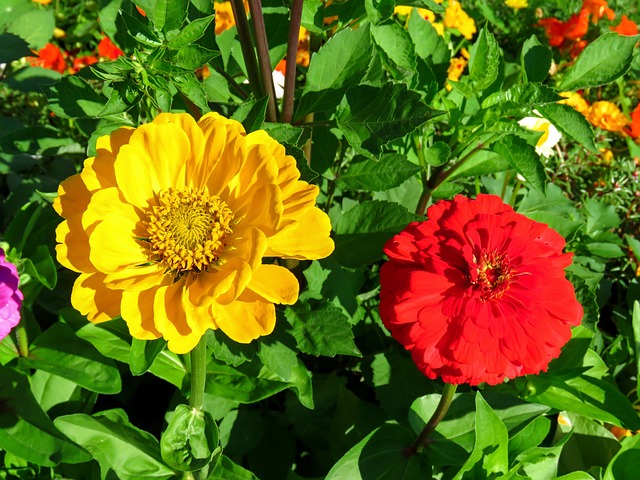
Proper Planting Methods
When planting zinnias, timing and technique are key to ensuring robust growth and abundant blooms. Start by sowing zinnia seeds directly into the garden after the last frost date, as zinnias are frost-sensitive. Plant the seeds about a quarter-inch deep and space them 6 to 18 inches apart, depending on the variety. This spacing allows adequate air circulation, which helps prevent fungal diseases. If you prefer to start seeds indoors, do so 4 to 6 weeks before the last expected frost. Transplant seedlings carefully to avoid disturbing their roots. Water the newly planted seeds or seedlings gently but thoroughly to help them establish. Applying mulch around plants helps retain soil moisture and suppress weeds. By following these proper planting methods, you provide a strong foundation for your zinnias to thrive, leading to a garden filled with vibrant, healthy flowers.
Watering and Fertilizing
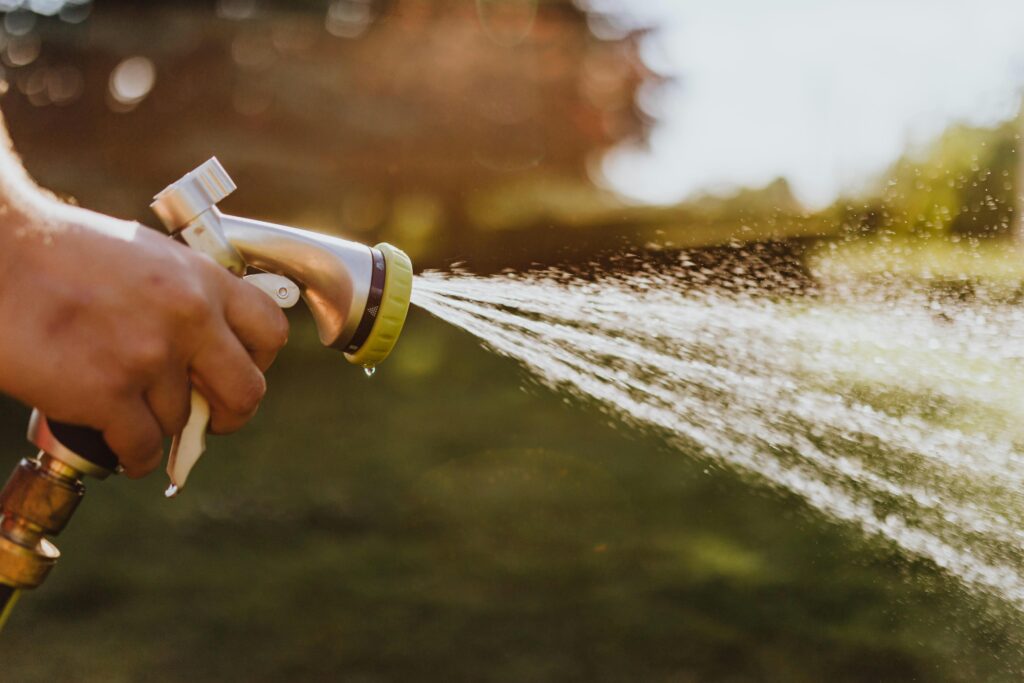
Consistent watering and proper fertilization are essential for the healthy growth of zinnias. Zinnias need regular watering, especially during dry spells. Water them deeply at the base of the plant to ensure the roots receive adequate moisture. Avoid watering from overhead, as wet foliage can promote fungal diseases. Typically, zinnias require about an inch of water per week, but be sure to adjust based on rainfall and soil conditions.
Fertilizing zinnias can help promote vigorous growth and prolific blooming. Before planting, mix a balanced, slow-release fertilizer into the soil. Once the plants are established, apply a water-soluble fertilizer every 4 to 6 weeks during the growing season. Be cautious not to over-fertilize, as excessive nitrogen can result in lush foliage with fewer flowers. By maintaining a consistent watering schedule and providing appropriate fertilization, you support the healthy development of your zinnias, ensuring a vibrant and blooming garden.
Managing Pests and Diseases
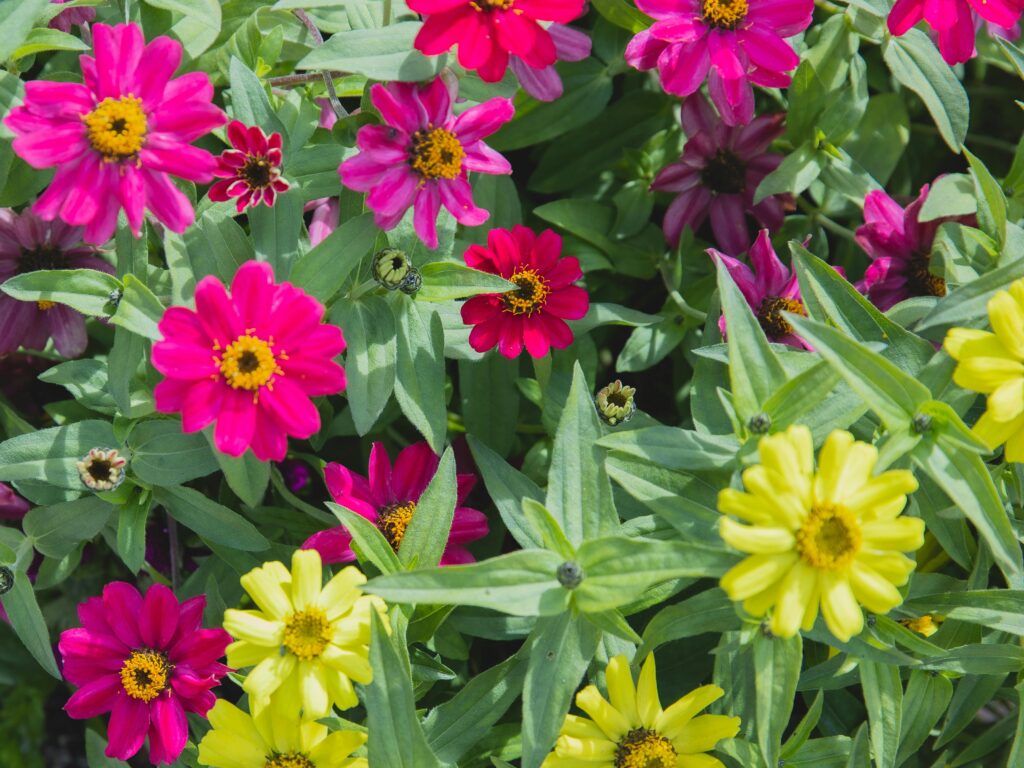
Managing pests and diseases is crucial to maintaining healthy zinnias. Common pests like aphids, spider mites, and whiteflies can affect zinnias. Regularly check your plants for signs of infestation, like discolored or misshapen leaves. If you detect pests, consider using insecticidal soap or neem oil as a treatment. For a more natural approach, encourage beneficial insects like ladybugs and lacewings, which prey on harmful pests.
Diseases such as powdery mildew, leaf spot, and bacterial wilt can also impact zinnias. To prevent these issues, ensure good air circulation by spacing plants appropriately and avoiding overhead watering. If disease does occur, remove and dispose of affected plant parts promptly to prevent spreading. Applying a fungicide can help manage fungal diseases if necessary. By staying vigilant and taking preventative measures, you can effectively manage pests and diseases, ensuring your zinnias remain healthy and vibrant throughout the growing season.


